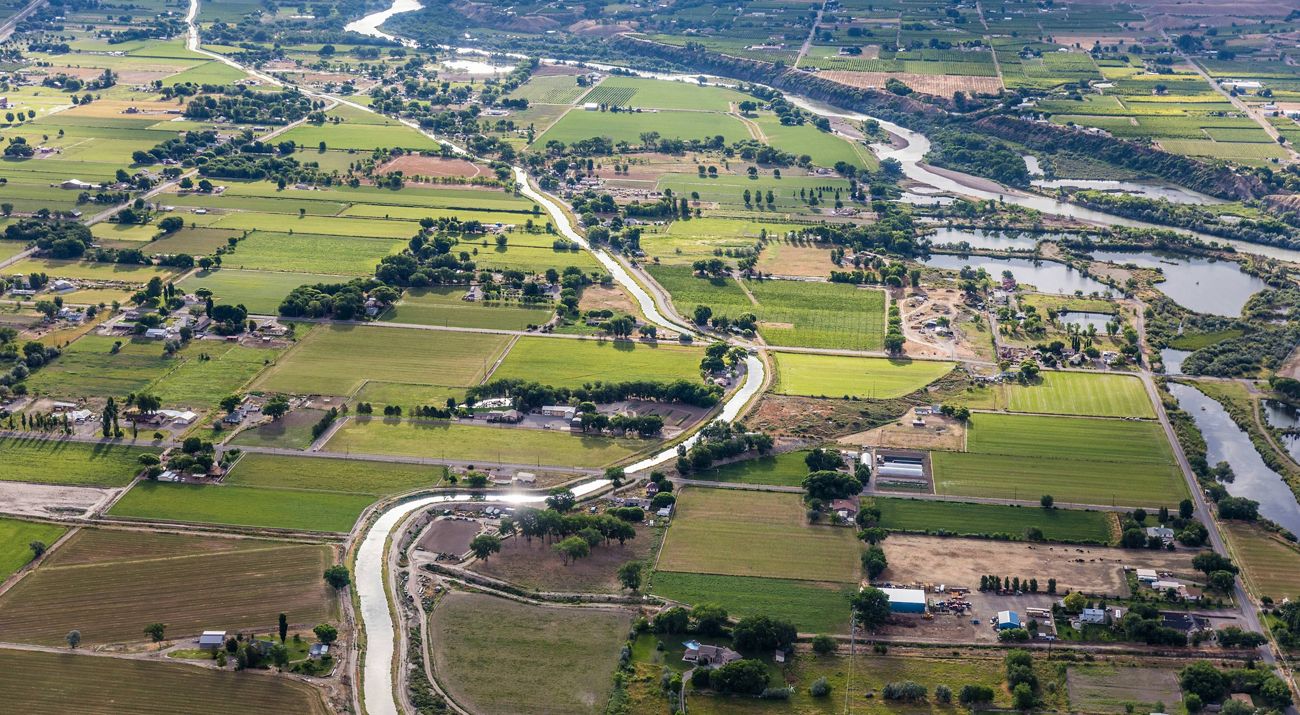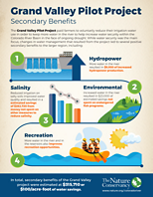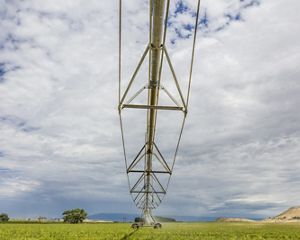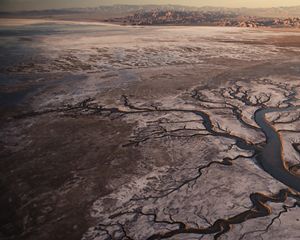Tackling Water Shortage in the Colorado River Basin
We're working with farmers to protect the Colorado River.
Most people know the Colorado River for its iconic landscapes, but it is also an incredibly hard-working river. It provides drinking water for more than 36 million people in the U.S. and Mexico. It irrigates over 5 million acres of agricultural land – supplying a majority of carrots, lettuce, and other vegetables in the winter to U.S. consumers. It provides hydropower and supports a $26 billion recreation economy. It is critically important for people but is also essential for wildlife in a region that is mostly desert. But all of this is at risk. Demands on the river exceed supply and the river has been stretched to the breaking point.
In the past, water users were often pitted against the environmental needs of the river and wildlife. To find a sustainable path forward, the Conservancy needed to find common interest with farmers, who control most of the water, and cities, who have most of the growth but also funding. This is taking shape on the ground through our efforts to develop a water bank in the Upper Colorado River Basin. At its basic level, the water bank would be a market based approach that would compensate water users to temporarily reduce their use in order to avoid regional shortages and provide certainty to water users while keeping more water in our rivers and streams.
In Western Colorado, the Conservancy has joined with farmers, municipalities and other partners to test a large-scale approach to this water bank concept.
In April, the Conservancy launched a pilot project with the Grand Valley Water Users Association, the biggest irrigation provider in the valley. The project’s 10 participants will reduce irrigation on 1,250 acres, creating 3,200 acre-feet (about a billion gallons) of water savings that will improve river flows and provide system-wide benefits.
“The Grand Valley Water Users Association had the unique opportunity to participate in the creation of this Pilot Project coming to fruition in 2017,” said Mark Harris, the association’s General Manager. “The Association sees this endeavor as critical to our timely response to the ever increasing climatic, population, and political pressure on Colorado River water supplies.”
Download
“We are very excited about this project,” said Aaron Derwingson, the Agricultural Coordinator for the Conservancy’s Colorado River Program. “Not only will it test the nuts and bolts of this approach, but it shows that working closely with agricultural producers and water managers to design the program is critical to its success.”
If successful, this project can be replicated and applied to other watersheds within the Colorado River Basin, to better ensure water security for our communities, farms and the environment.



